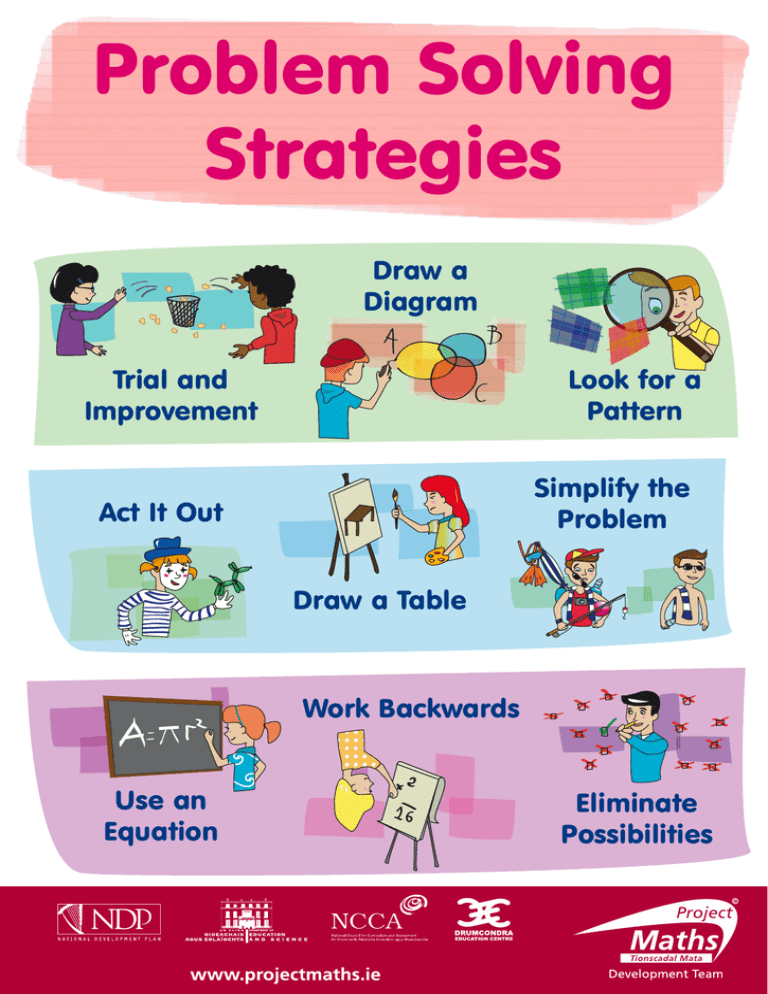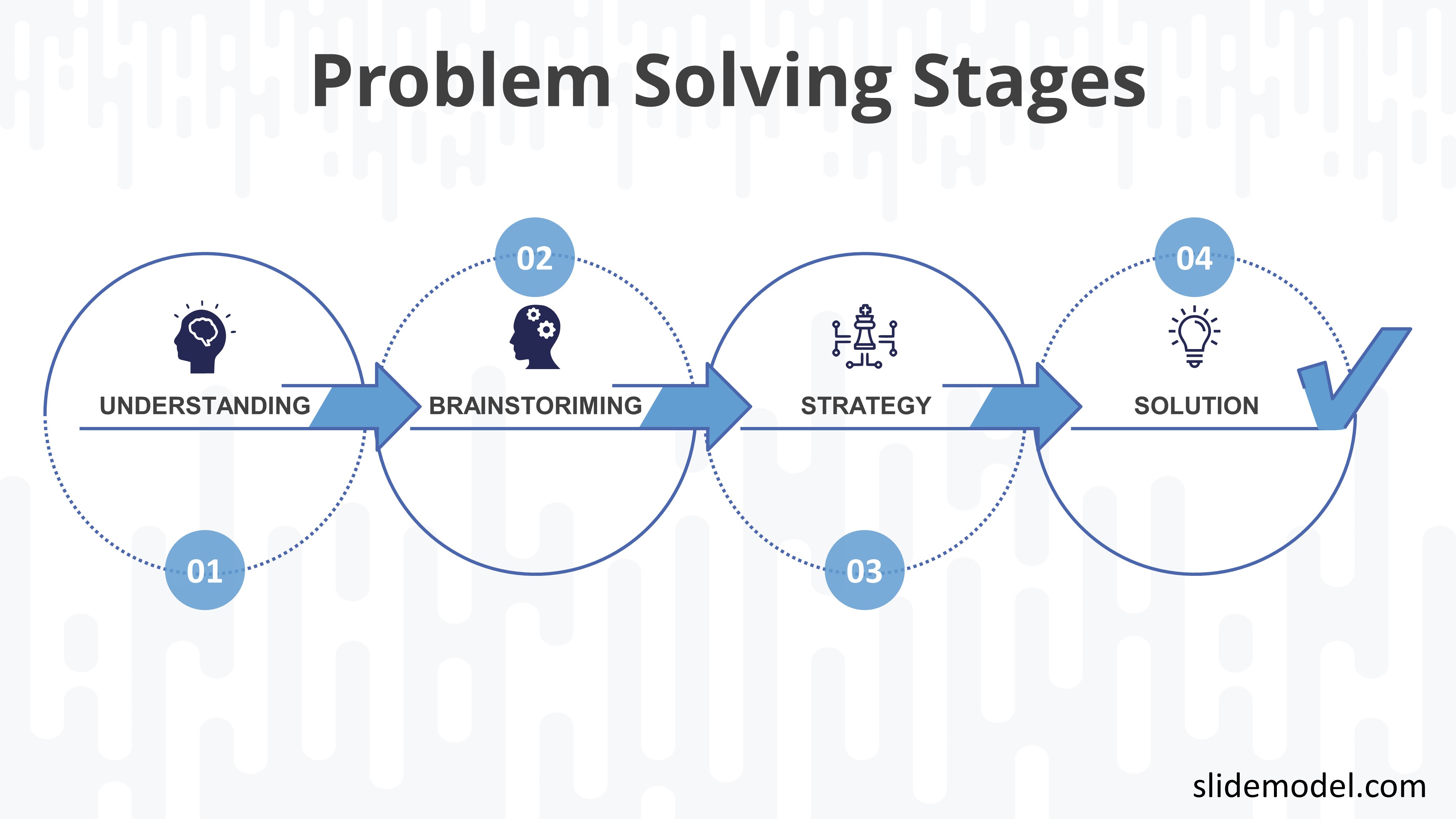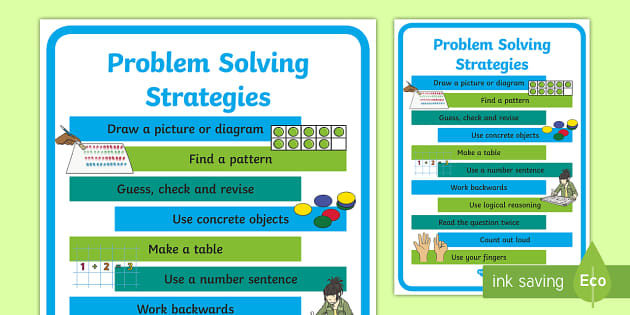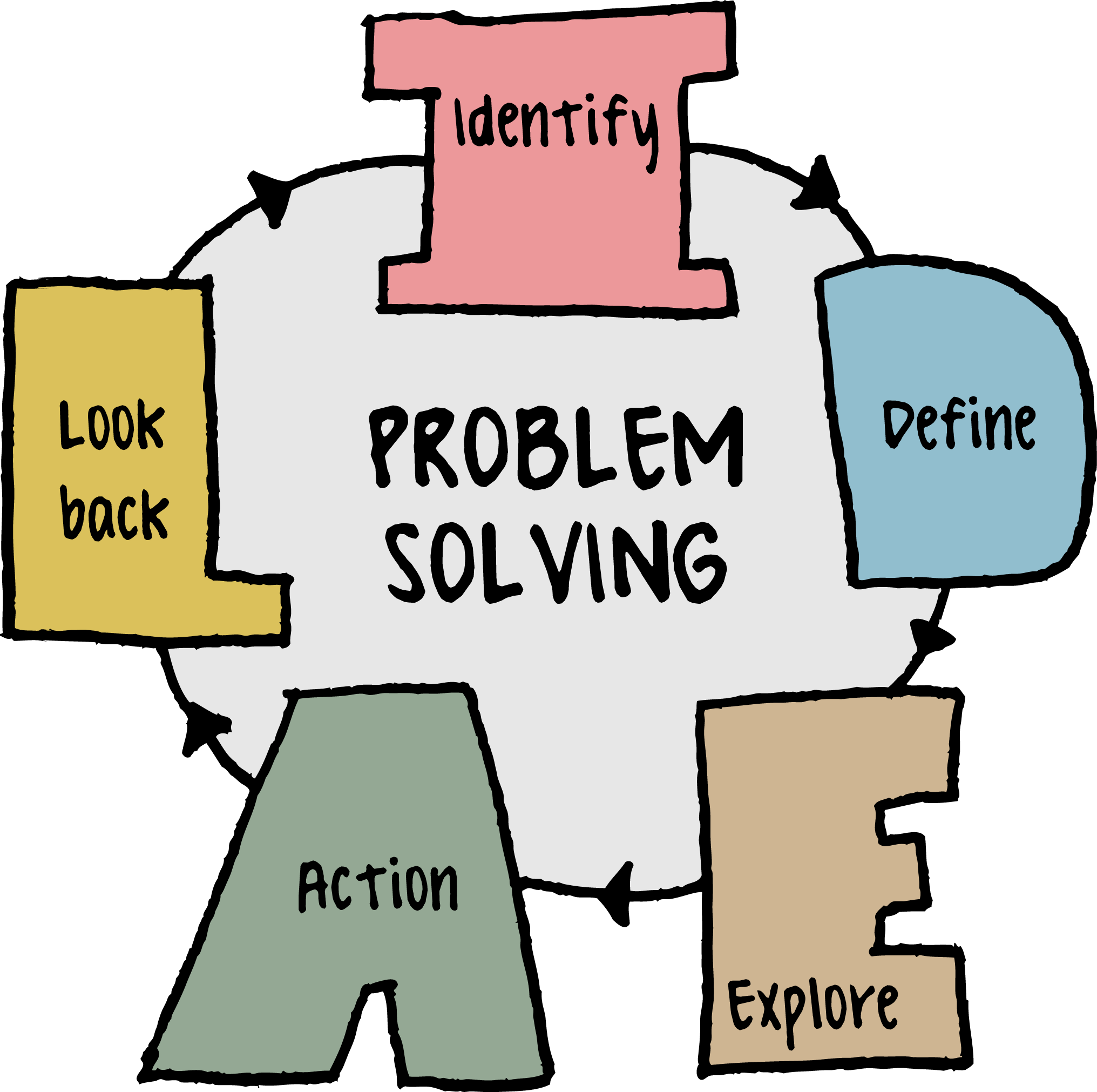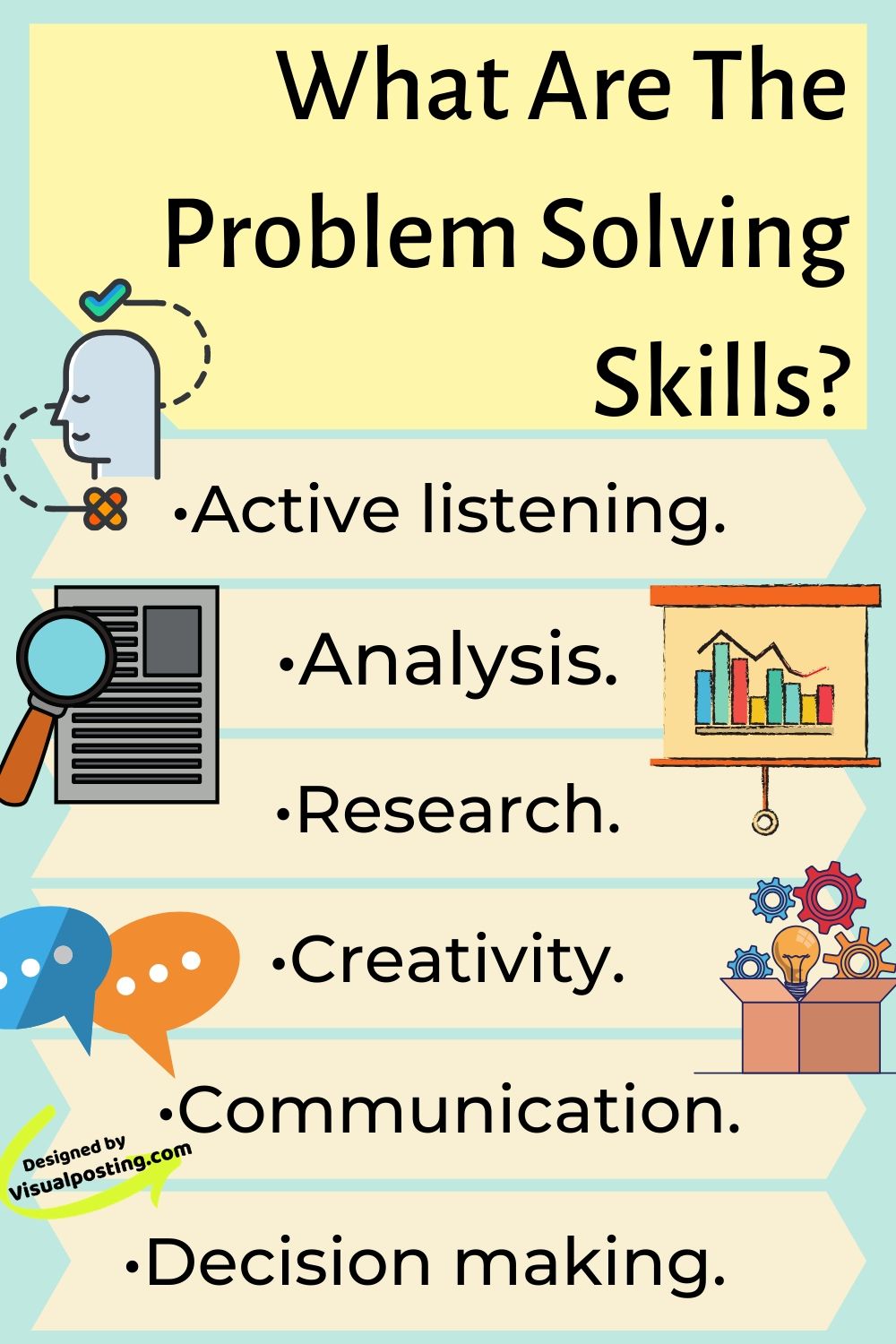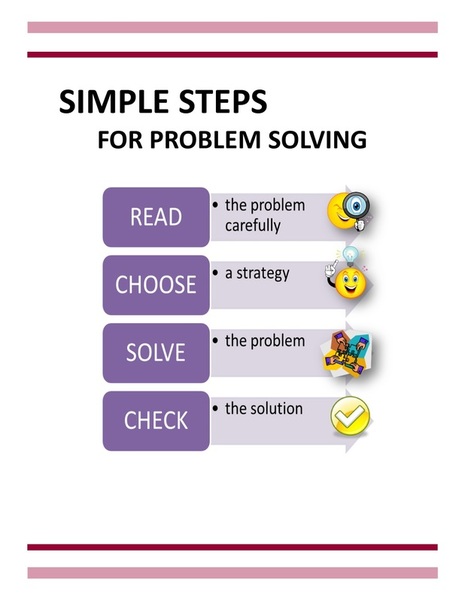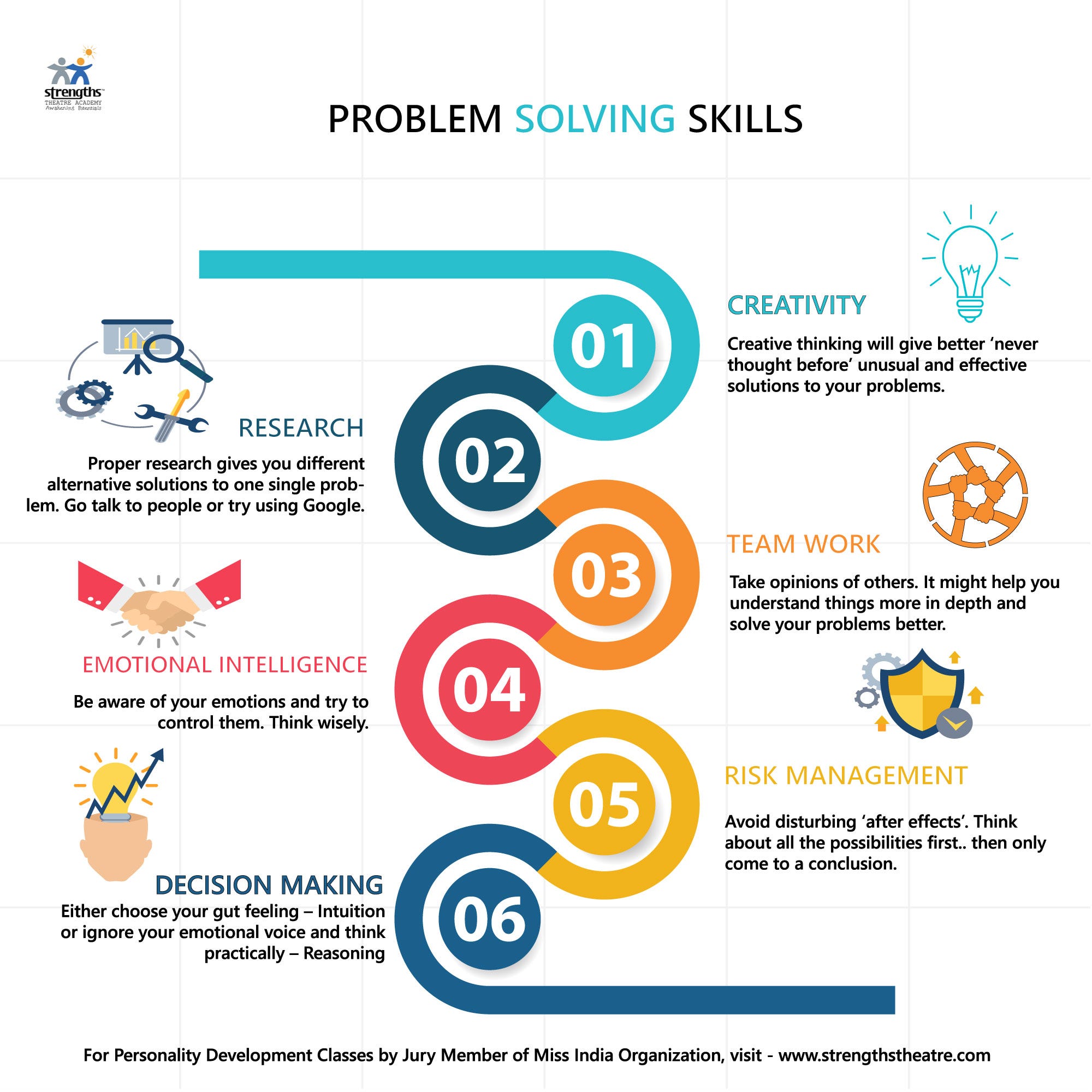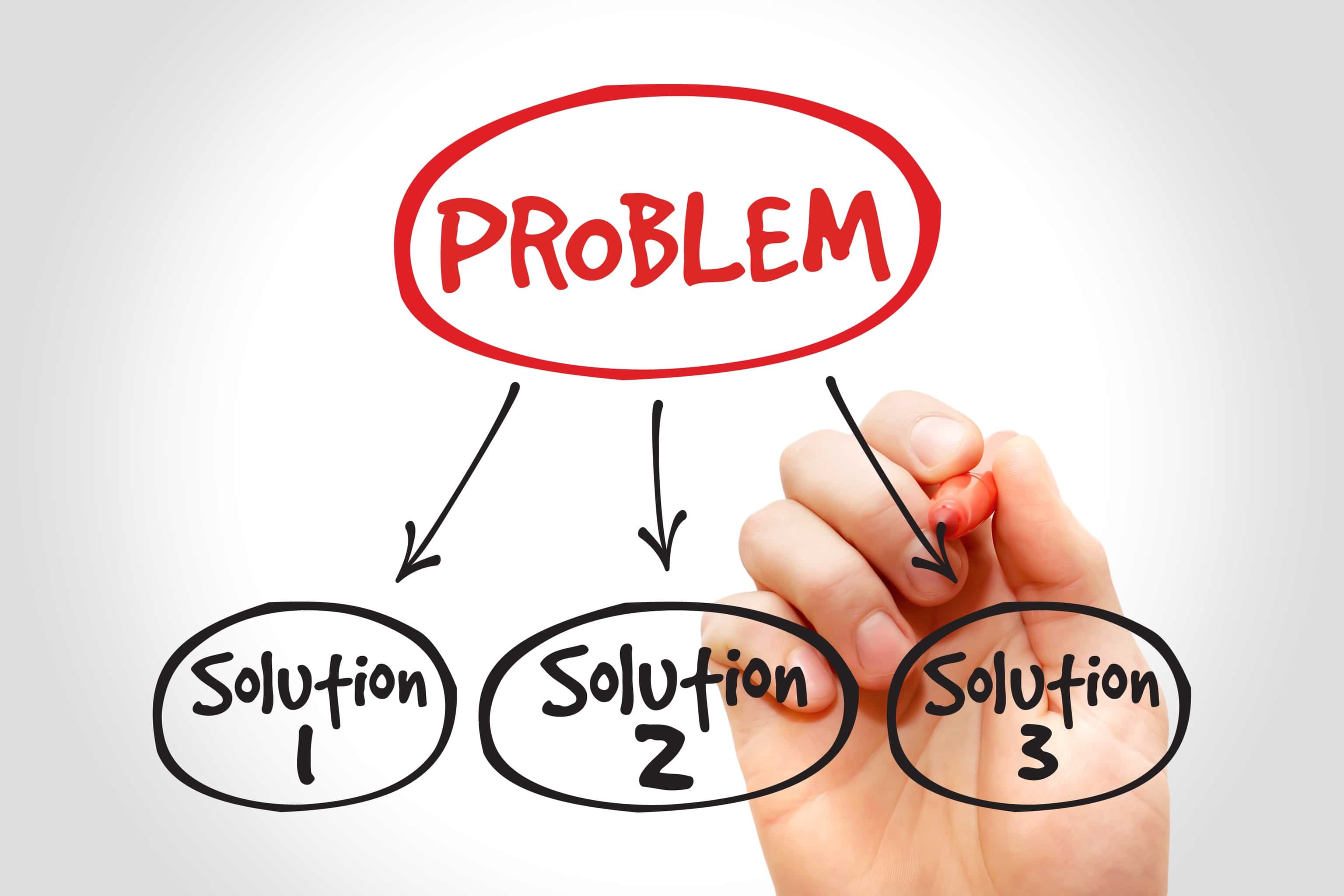What Are Problem Solving Strategies
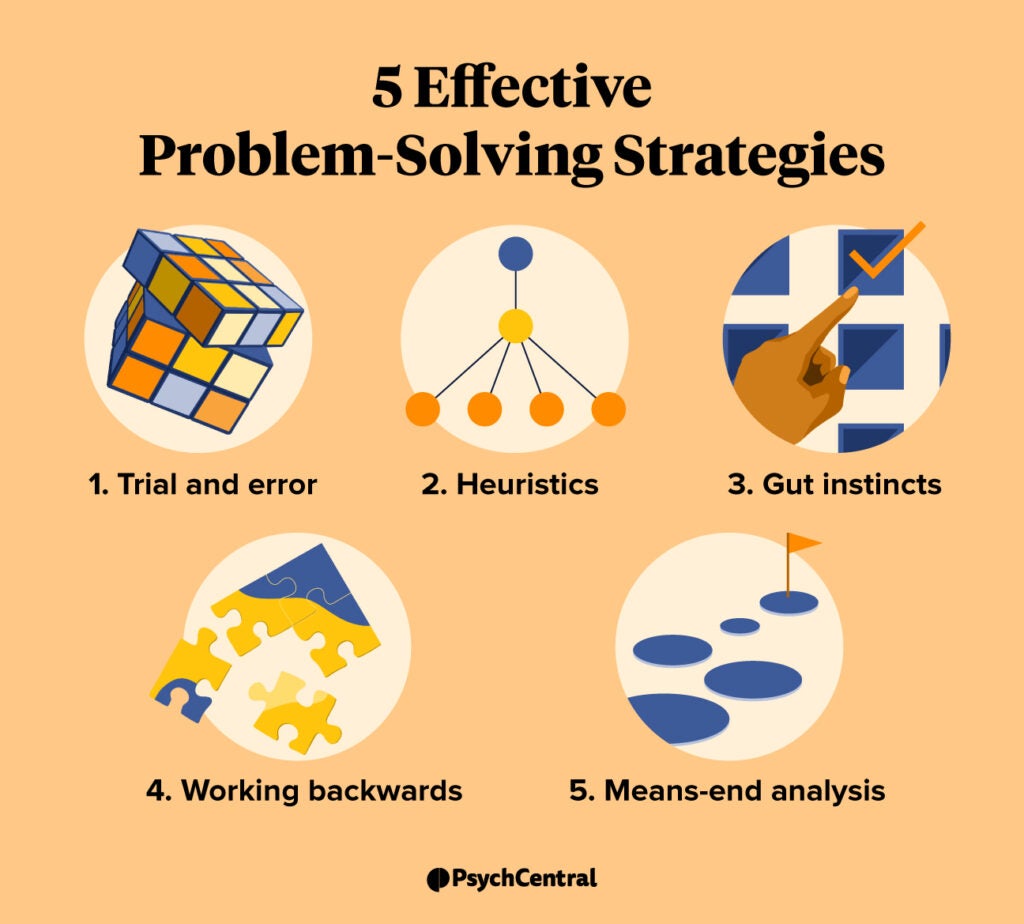
Facing a complex challenge at work? Struggling to navigate a personal dilemma? The ability to effectively solve problems is a cornerstone of success, both professionally and personally. But what are the specific strategies and techniques that can transform you from being problem-avoidant to solution-oriented?
This article explores a range of problem-solving strategies, examining their core principles and practical applications. It aims to provide readers with a toolkit of methods for tackling diverse challenges, from simple everyday hurdles to complex systemic issues.
Understanding the Landscape of Problem Solving
Problem-solving isn't a one-size-fits-all approach. It's a dynamic process involving analysis, creativity, and strategic thinking. Different situations call for different strategies, and understanding the options available is key.
Common Problem-Solving Strategies
One widely used method is the scientific method, traditionally employed in research but applicable to many scenarios. It involves defining the problem, gathering data, formulating a hypothesis, testing the hypothesis through experimentation, and analyzing the results to draw conclusions.
The root cause analysis is a popular approach. This aims to identify the underlying factors contributing to a problem, rather than just treating the symptoms. Tools like the "5 Whys" technique can be invaluable for digging deeper and uncovering the true source of the issue.
Brainstorming is a crucial technique. This strategy helps people to generate a large number of ideas in a short period of time. When combined with a subsequent evaluation and refinement process, brainstorming can lead to innovative solutions.
Another key approach is the design thinking, popularized by the Stanford d.school. This human-centered approach focuses on understanding the needs and perspectives of the individuals affected by the problem. It emphasizes empathy, experimentation, and iterative prototyping to develop solutions that are both effective and user-friendly.
Decision matrices are a structured way to compare and contrast different options. By assigning weights to various criteria and scoring each option accordingly, you can arrive at a more objective and informed decision. This method is particularly useful when facing multiple choices with varying pros and cons.
The Importance of Adaptability
The most effective problem solvers are not those who rigidly adhere to a single strategy, but rather those who can adapt their approach based on the situation. It is important to be flexible.
Recognizing the limitations of a particular strategy and being willing to pivot to a different method is crucial for success. Experimentation and a willingness to learn from both successes and failures are essential components of effective problem-solving.
"The measure of intelligence is the ability to change." - Albert Einstein
Practical Applications and Impact
Problem-solving skills are not just valuable in the workplace; they are essential for navigating everyday life. From resolving conflicts with family members to managing personal finances, the ability to analyze situations and develop effective solutions is a fundamental life skill.
In the professional realm, strong problem-solving abilities are highly sought after by employers. According to a 2023 report by the World Economic Forum, analytical thinking and innovation are consistently ranked among the most important skills for the future of work.
By mastering these strategies, individuals can enhance their decision-making capabilities, improve their communication skills, and increase their overall effectiveness in both their personal and professional lives.
Ultimately, understanding and applying these problem-solving strategies equips individuals to tackle challenges with confidence and creativity, fostering a proactive and solution-oriented mindset.

